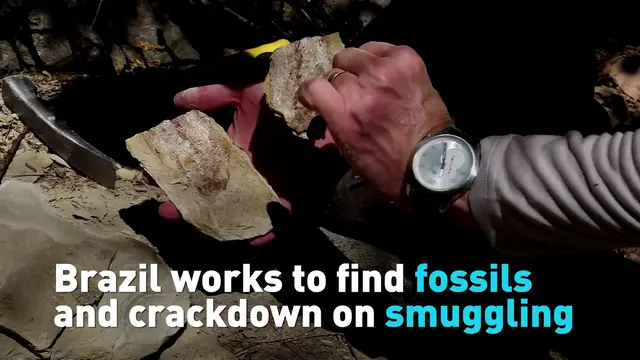03:22
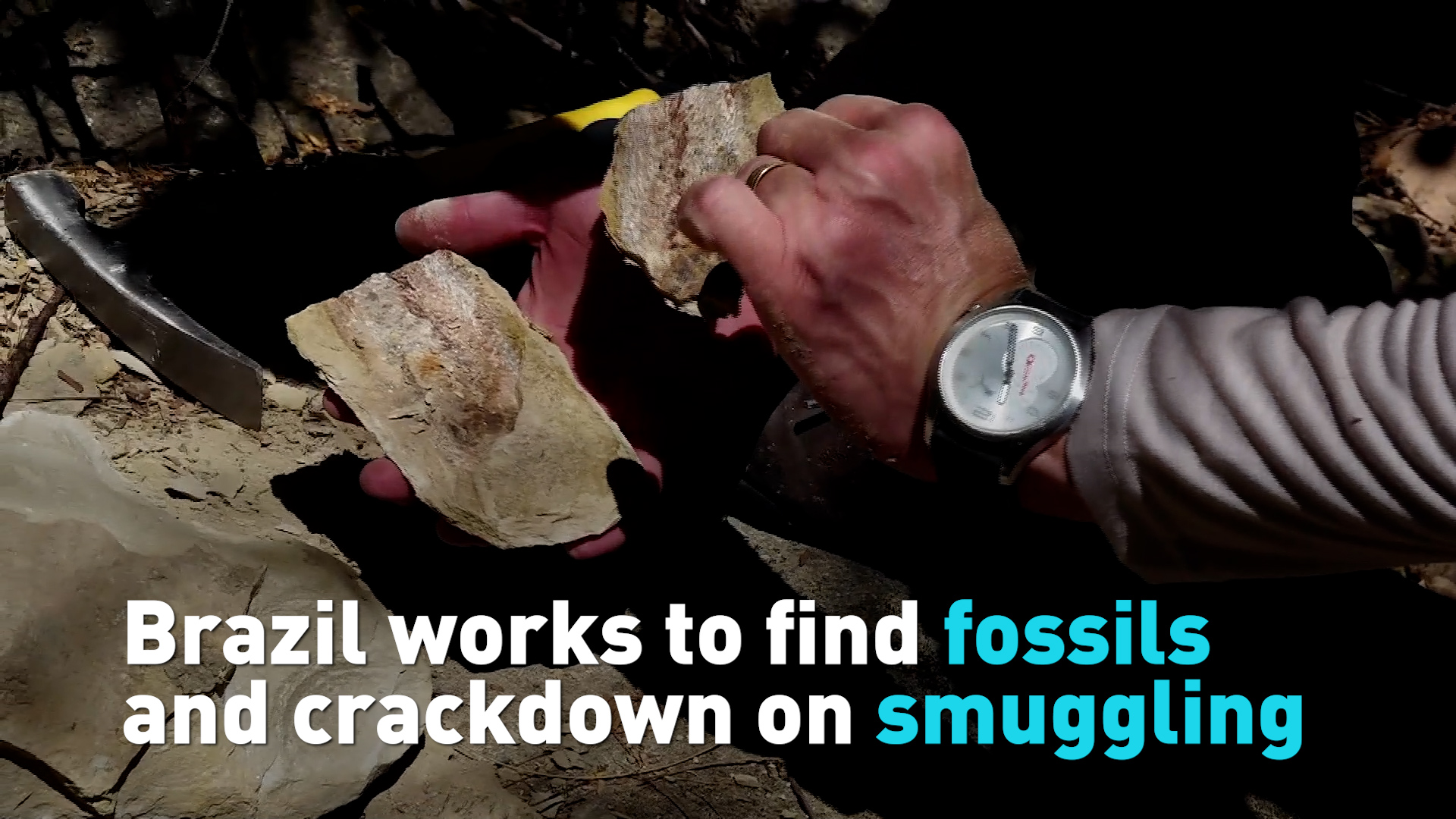
Brazil’s Cariri region is among the world's top spots for fossil research where well-preserved fossils are found in many places. But officials are also dealing with illegal trafficking of these specimens. CGTN's Paulo Cabral traveled to the small town of Santana do Cariri to learn more about what officials and locals are doing to stop the problem.
Scroll left and right to view gallery below:
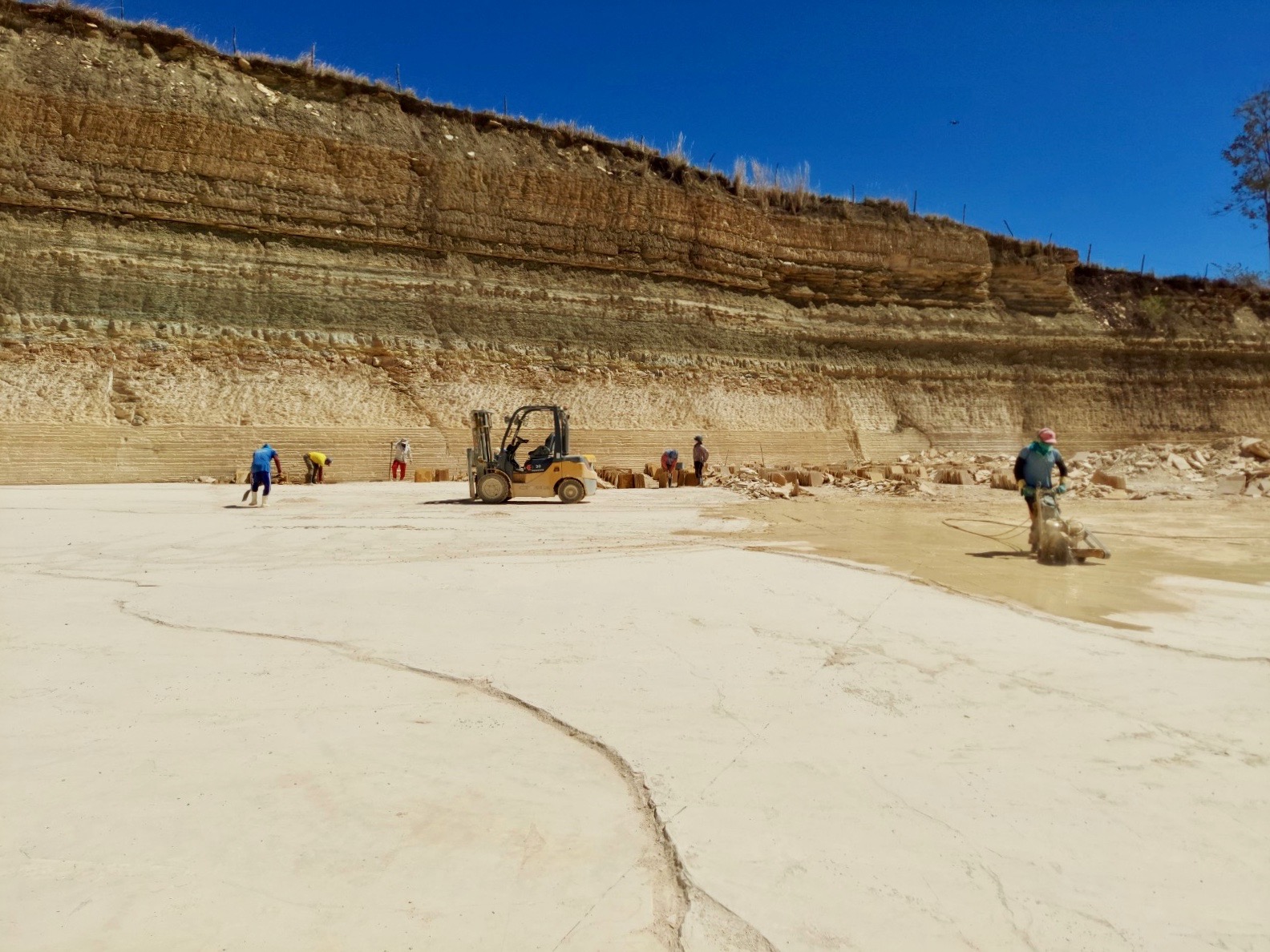
Several quarries in the Cariri region are used to extract limestone used in construction. But these sites also happen to be extremely rich in fossils.
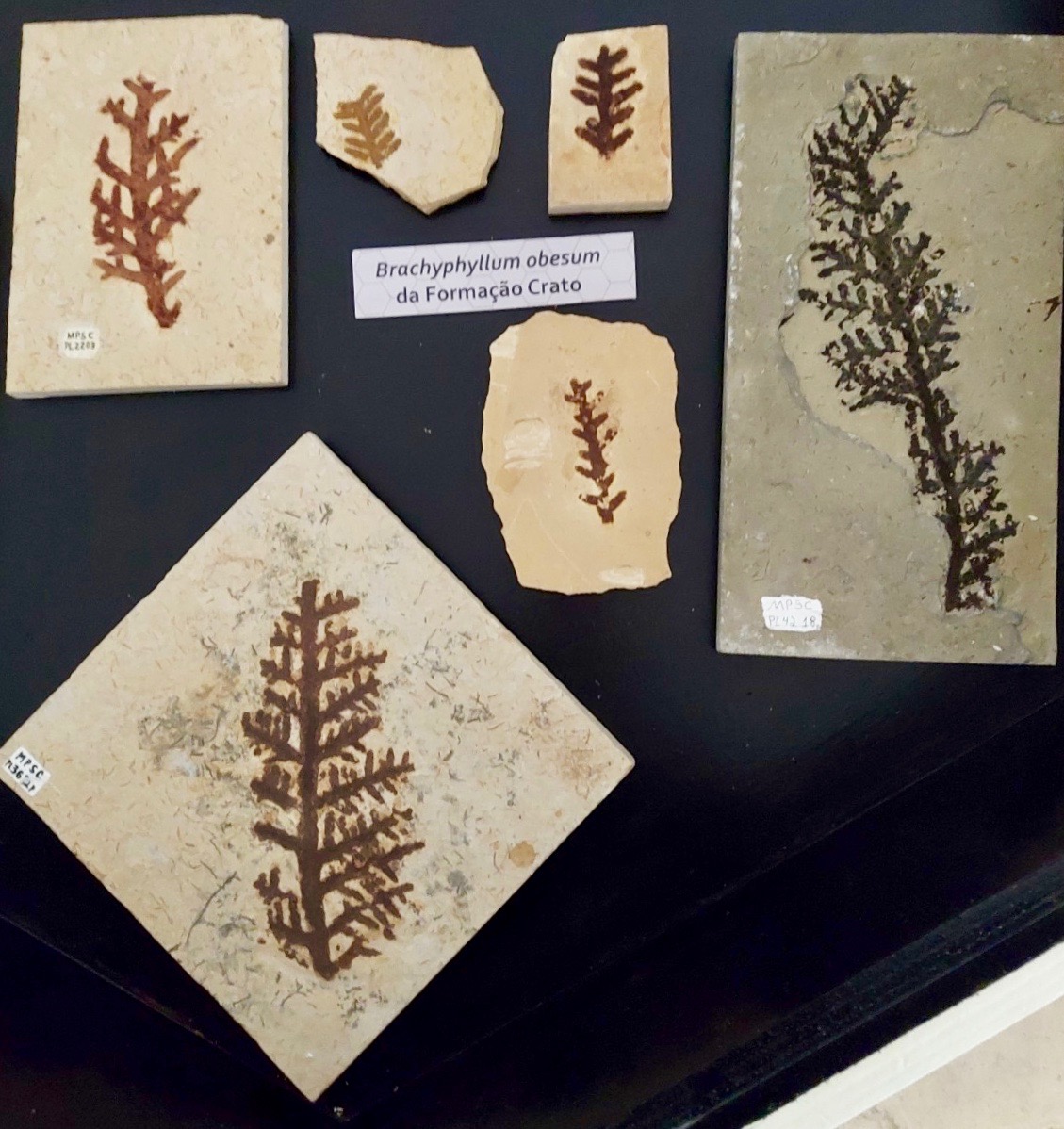
Plant fossils are also found in abundance in the Cariri region.
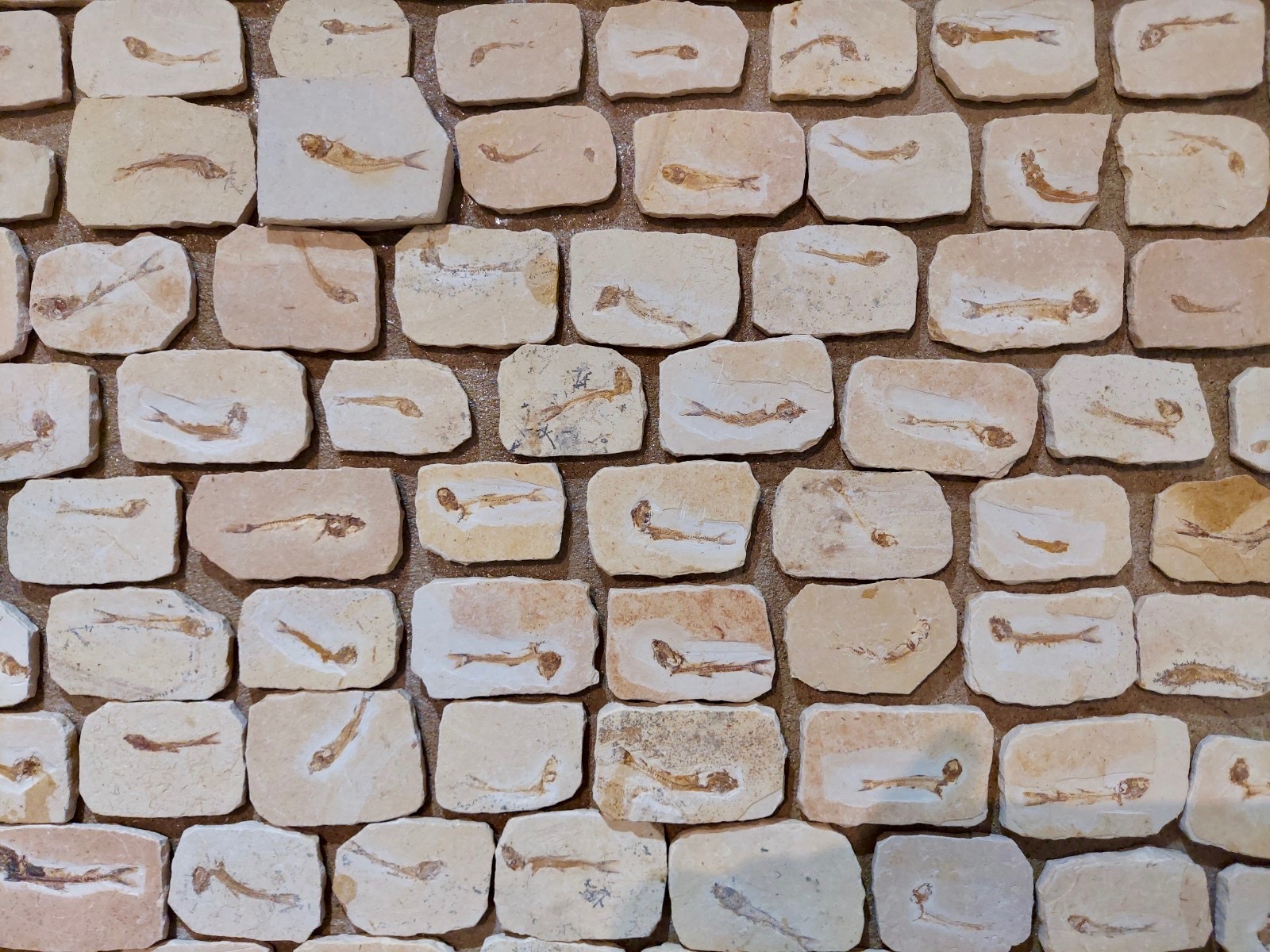
The dastilbe crandalli was a small fish that lived in the Cretaceous period and is among the most common fossils found in the region.
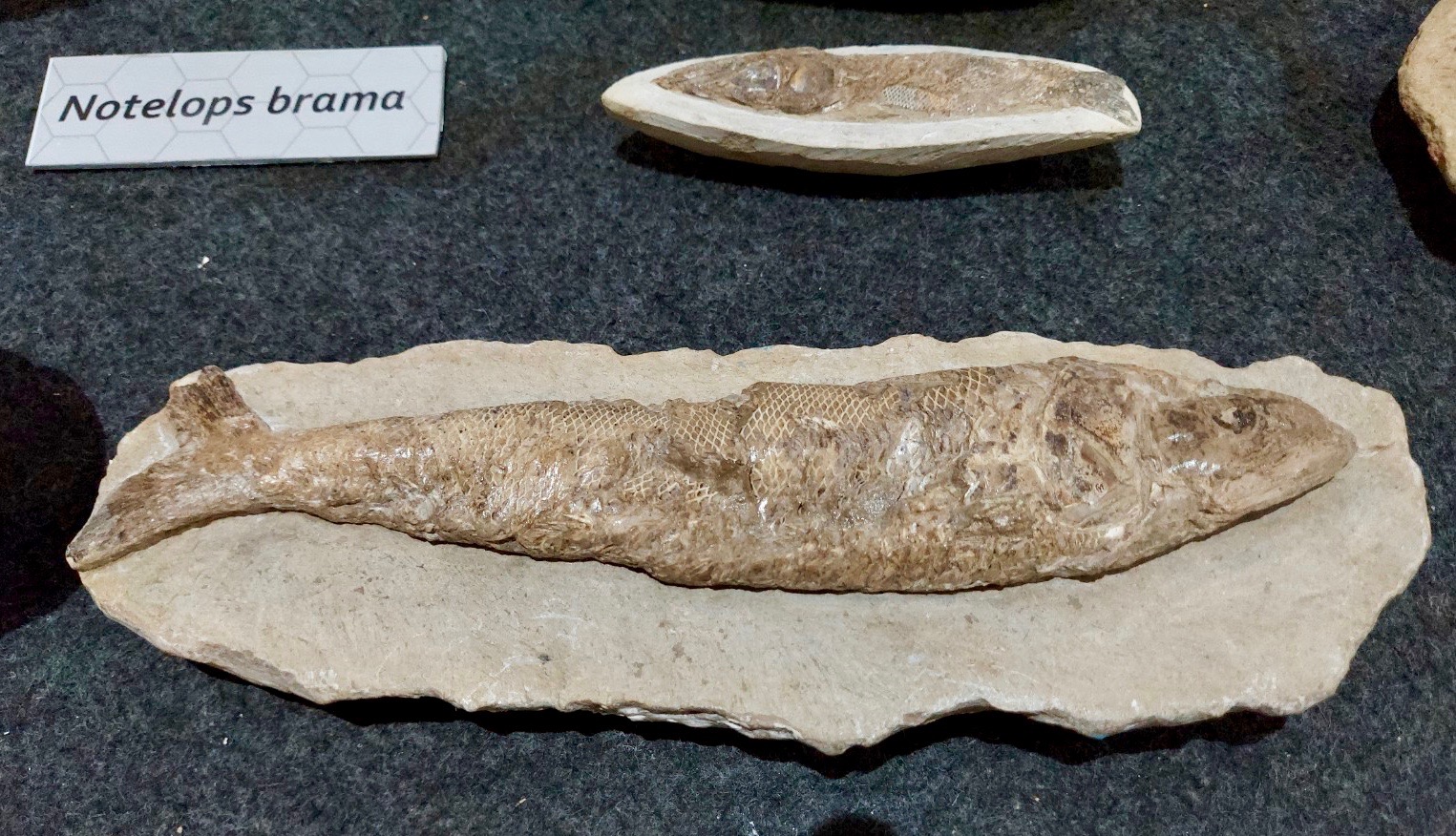
In some cases the fossils retain their shape such as this Notelops on display in the Plácido Cidade Nuvens Paleontology Museum, at Cariri Regional University.
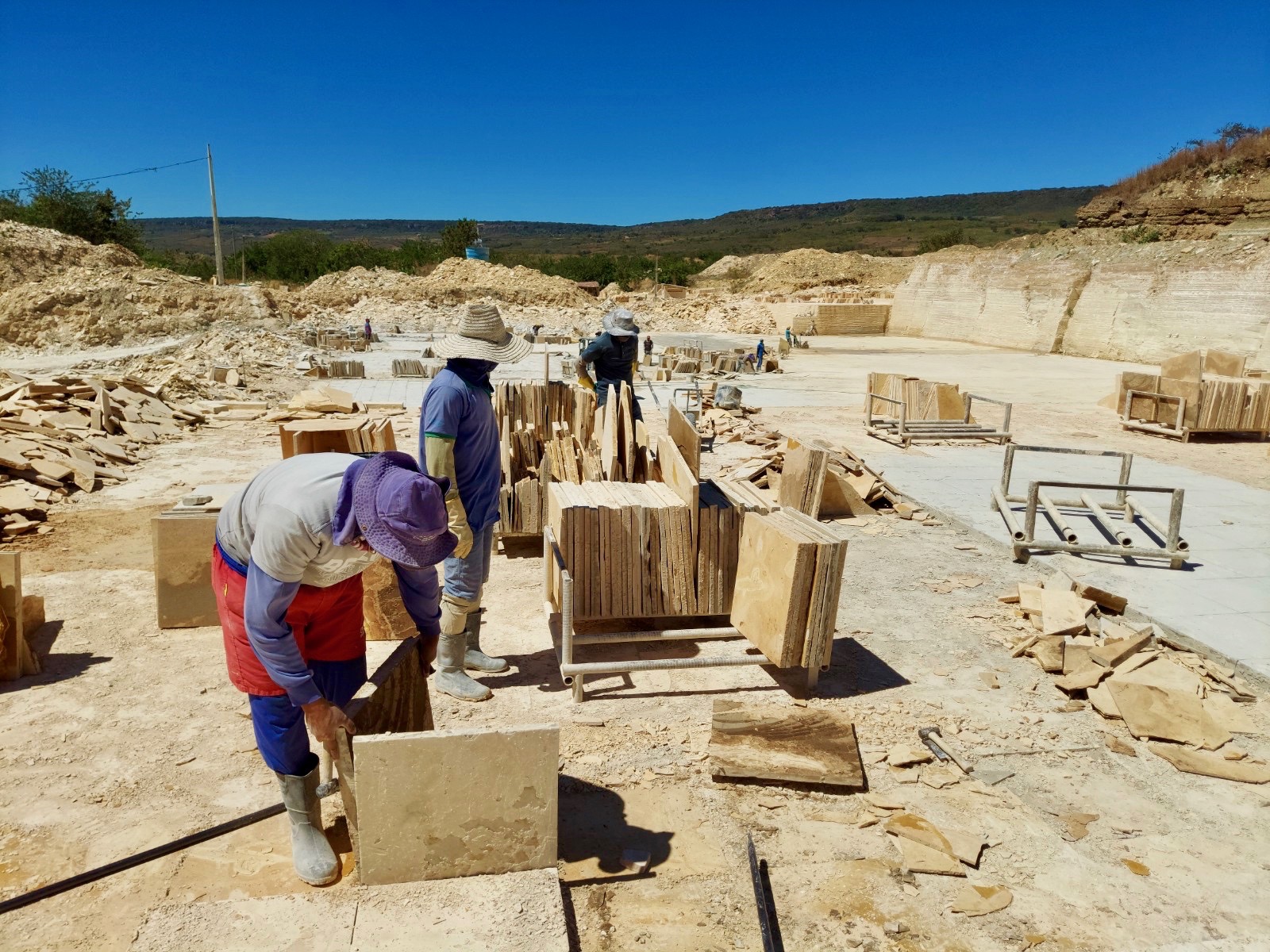
Illegal trafficking of fossils often begins when workers find fossils in stones. They are told to flag any fossils to the quarry’s management who will then give them to police.
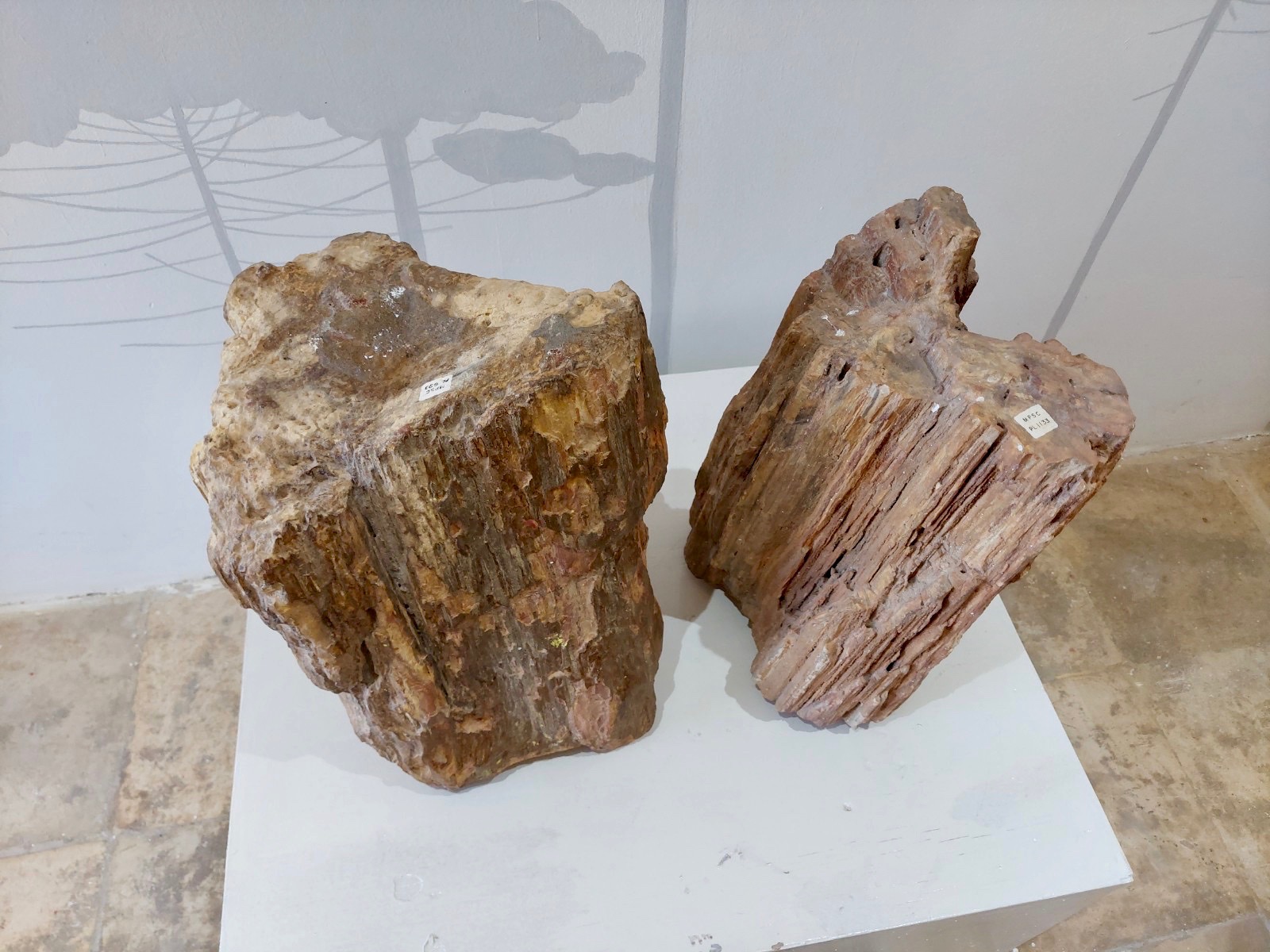
Researchers have also found these petrified tree trunks in the Cariri region.
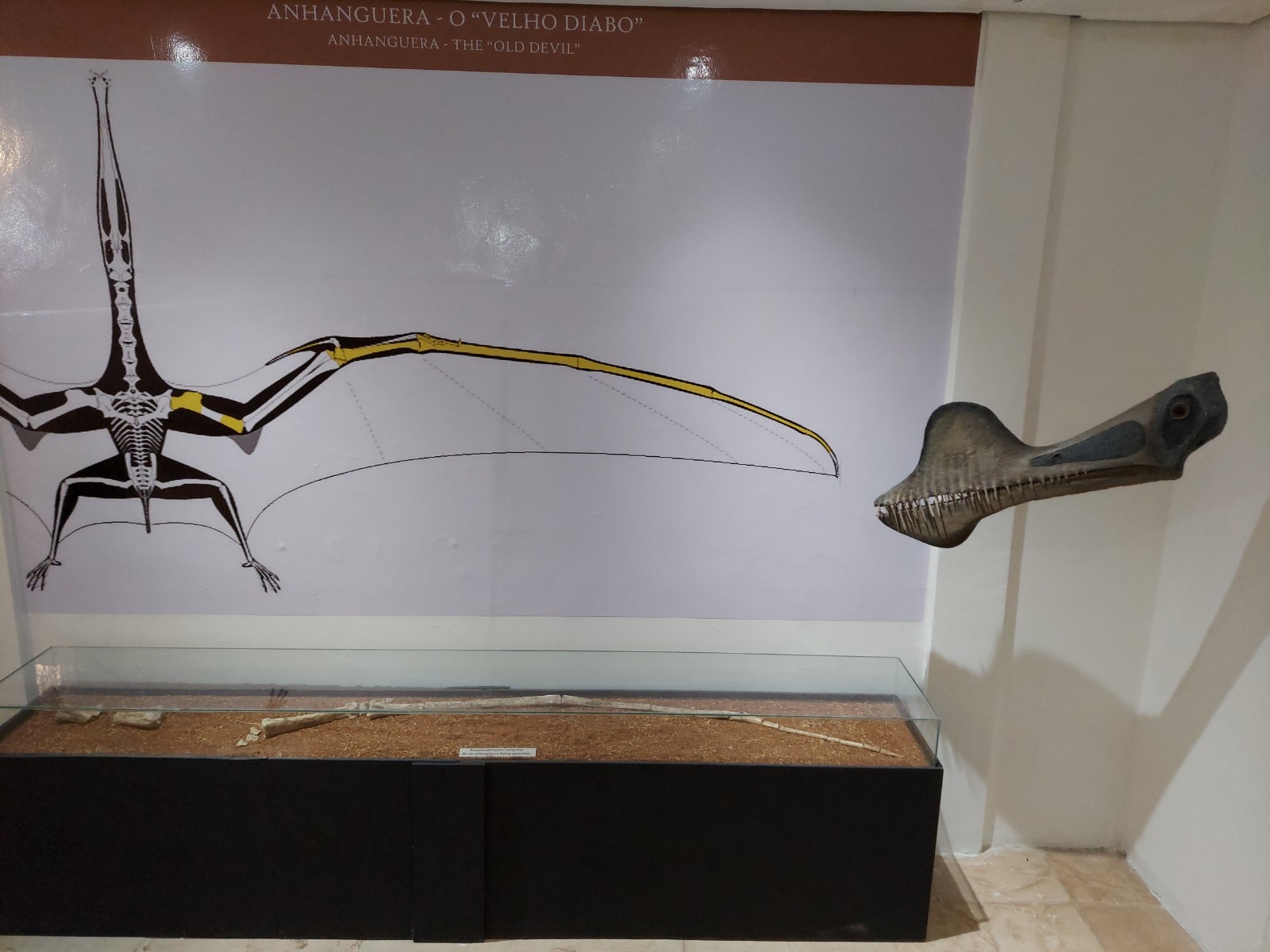
Several remains of the Pterosaurs that lived in the region in the Cretaceous period have also been found.
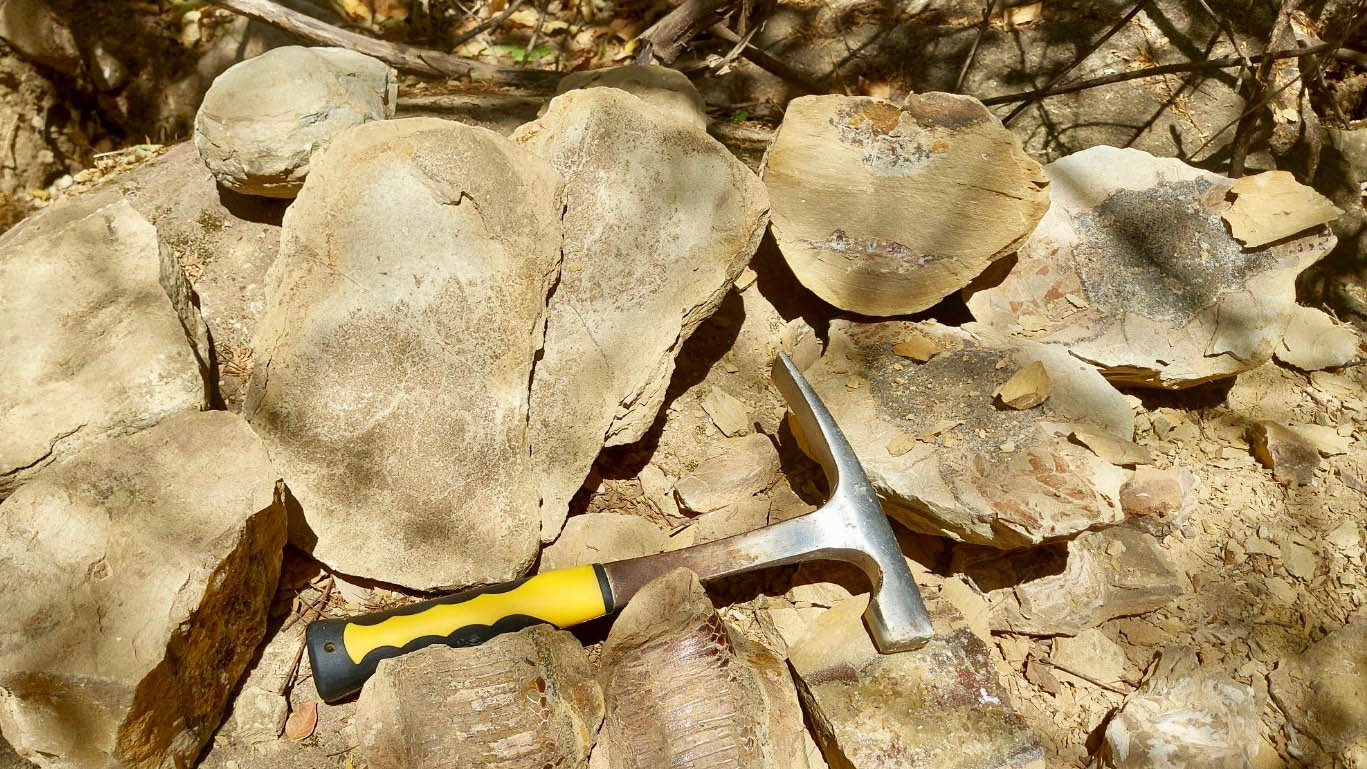
Local scientists say many important items found in the region have been illegally taken out of the country.
Check out
The China Report
, our new weekly newsletter.Subscribe here!
 简体中文
简体中文

